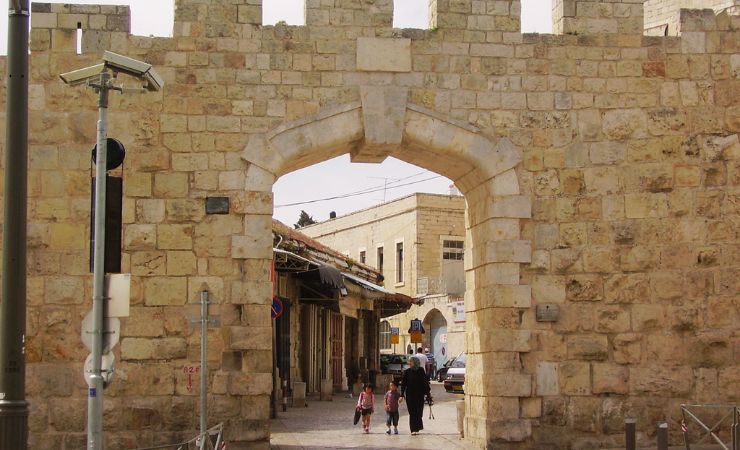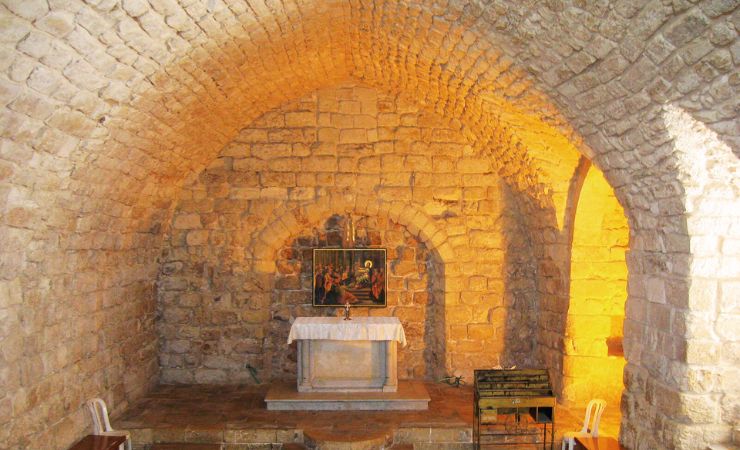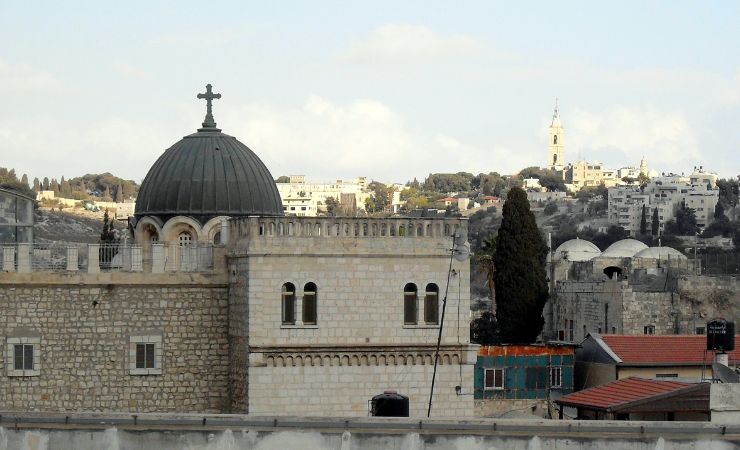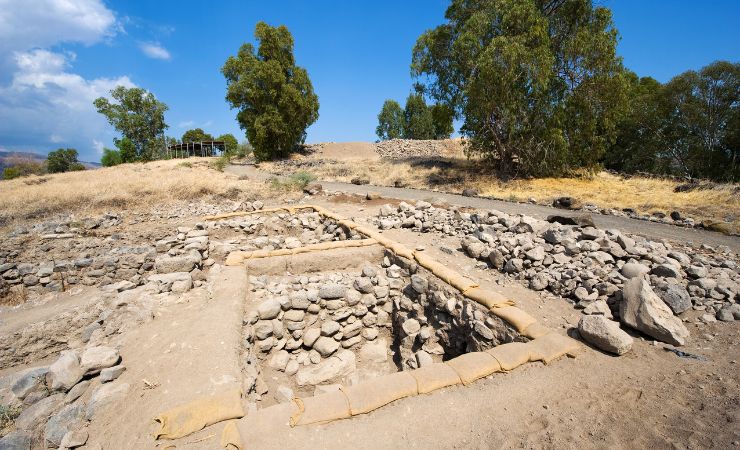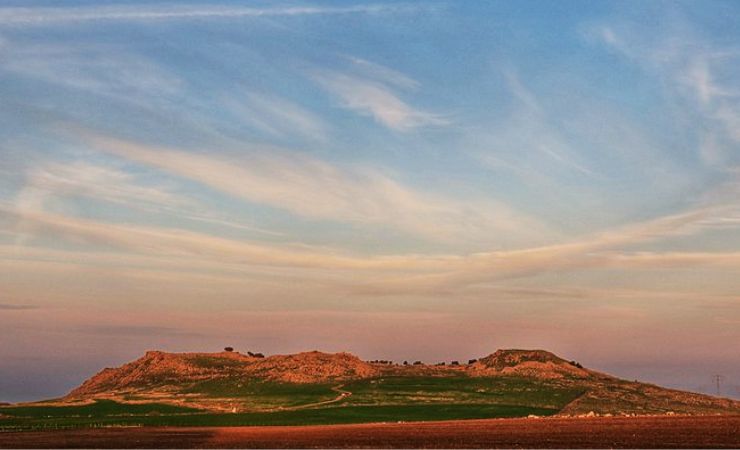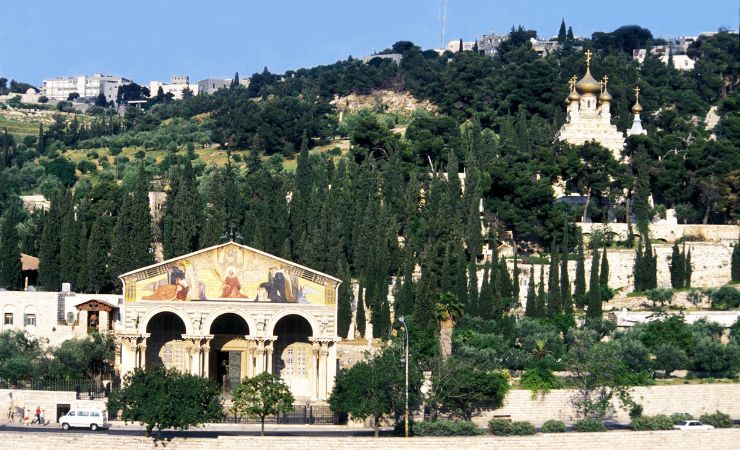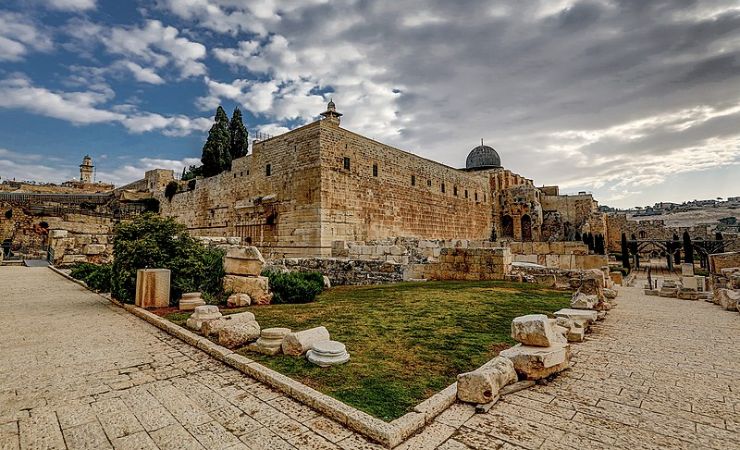Mary’s Well, Nazareth
Mary’s Well (or the Virgin Mary’s Fountain) is reputed to be at the site where, according to a Christian tradition associated with the apocryphal Gospel of James, Archangel Gabriel appeared to Mary, mother of Jesus, and announced the Annunciation.


